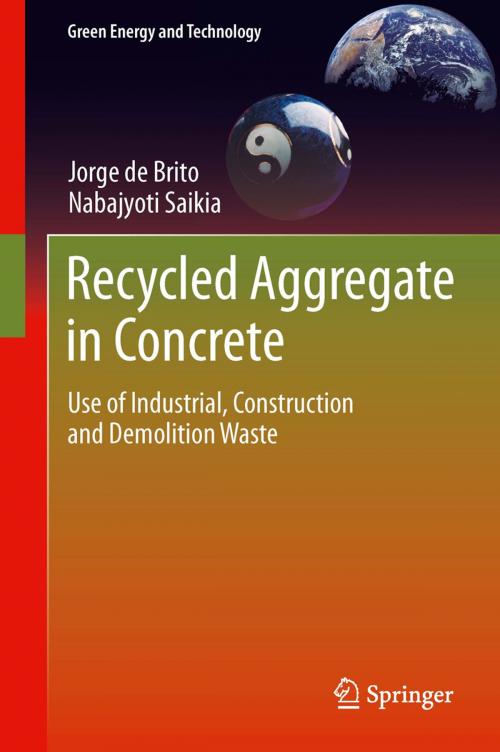Recycled Aggregate in Concrete
Use of Industrial, Construction and Demolition Waste
Nonfiction, Science & Nature, Technology, Material Science, Engineering, Civil| Author: | Jorge de Brito, Nabajyoti Saikia | ISBN: | 9781447145400 |
| Publisher: | Springer London | Publication: | November 28, 2012 |
| Imprint: | Springer | Language: | English |
| Author: | Jorge de Brito, Nabajyoti Saikia |
| ISBN: | 9781447145400 |
| Publisher: | Springer London |
| Publication: | November 28, 2012 |
| Imprint: | Springer |
| Language: | English |
Concrete is the most used man-made material in the world since its invention. The widespread use of this material has led to continuous developments such as ultra-high strength concrete and self-compacting concrete. Recycled Aggregate in Concrete: Use of Industrial, Construction and Demolition Waste focuses on the recent development which the use of various types of recycled waste materials as aggregate in the production of various types of concrete.
By drawing together information and data from various fields and sources, Recycled Aggregate in Concrete: Use of Industrial, Construction and Demolition Waste provides full coverage of this subject. Divided into two parts, a compilation of varied literature data related to the use of various types of industrial waste as aggregates in concrete is followed by a discussion of the use of construction and demolition waste as aggregate in concrete. The properties of the aggregates and their effect on various concrete properties are presented, and the quantitative procedure to estimate the properties of concrete containing construction and demolition waste as aggregates is explained. Current codes and practices developed in various countries to use construction and demolition waste as aggregates in concrete and issues related to the sustainability of cement and concrete production are also discussed.
The comprehensive information presented in Recycled Aggregate in Concrete: Use of Industrial, Construction and Demolition Waste will be helpful to graduate students, researchers and concrete technologists. The collected data will also be an essential reference for practicing engineers who face problems concerning the use of these materials in concrete production.
Concrete is the most used man-made material in the world since its invention. The widespread use of this material has led to continuous developments such as ultra-high strength concrete and self-compacting concrete. Recycled Aggregate in Concrete: Use of Industrial, Construction and Demolition Waste focuses on the recent development which the use of various types of recycled waste materials as aggregate in the production of various types of concrete.
By drawing together information and data from various fields and sources, Recycled Aggregate in Concrete: Use of Industrial, Construction and Demolition Waste provides full coverage of this subject. Divided into two parts, a compilation of varied literature data related to the use of various types of industrial waste as aggregates in concrete is followed by a discussion of the use of construction and demolition waste as aggregate in concrete. The properties of the aggregates and their effect on various concrete properties are presented, and the quantitative procedure to estimate the properties of concrete containing construction and demolition waste as aggregates is explained. Current codes and practices developed in various countries to use construction and demolition waste as aggregates in concrete and issues related to the sustainability of cement and concrete production are also discussed.
The comprehensive information presented in Recycled Aggregate in Concrete: Use of Industrial, Construction and Demolition Waste will be helpful to graduate students, researchers and concrete technologists. The collected data will also be an essential reference for practicing engineers who face problems concerning the use of these materials in concrete production.















